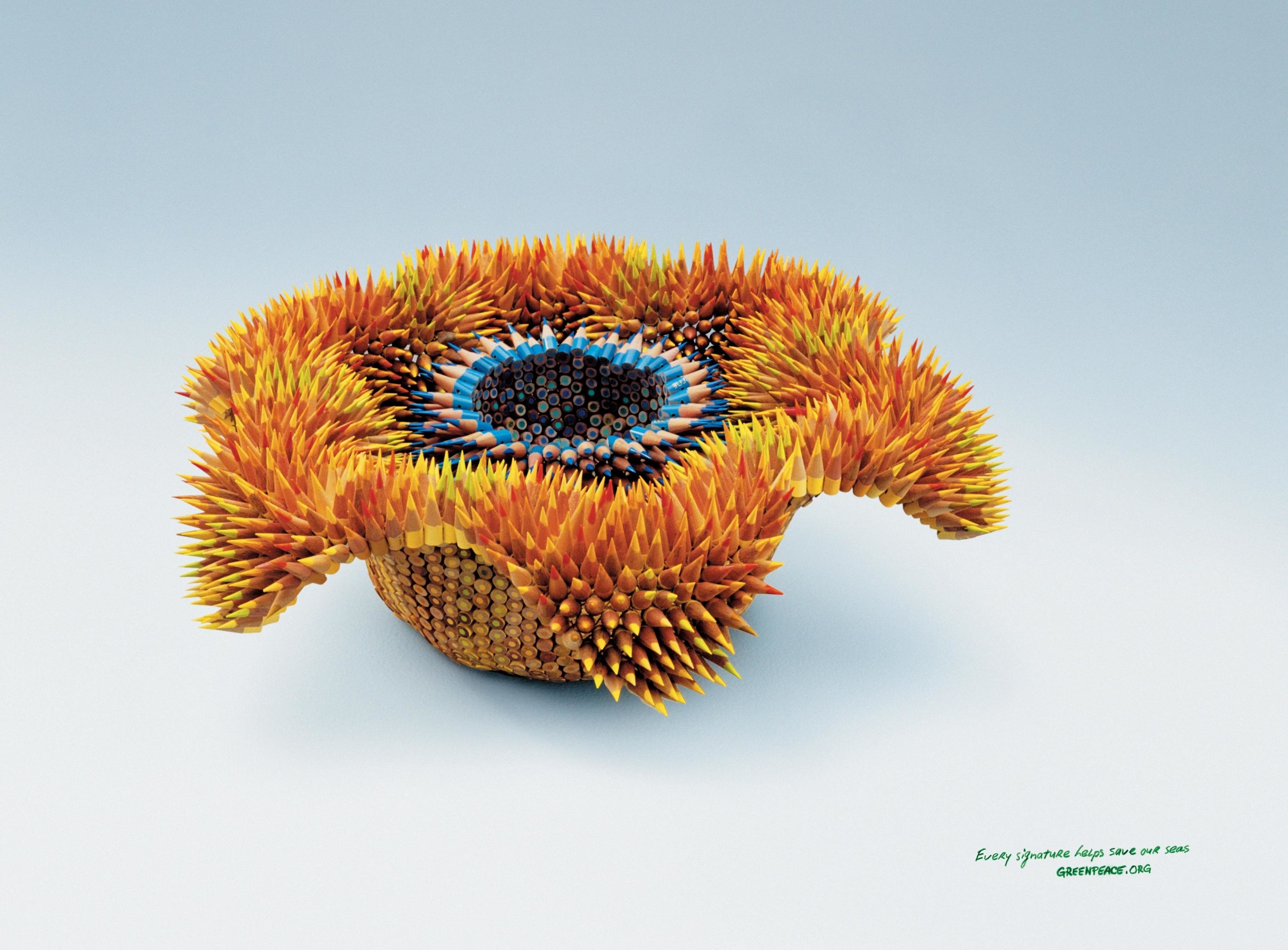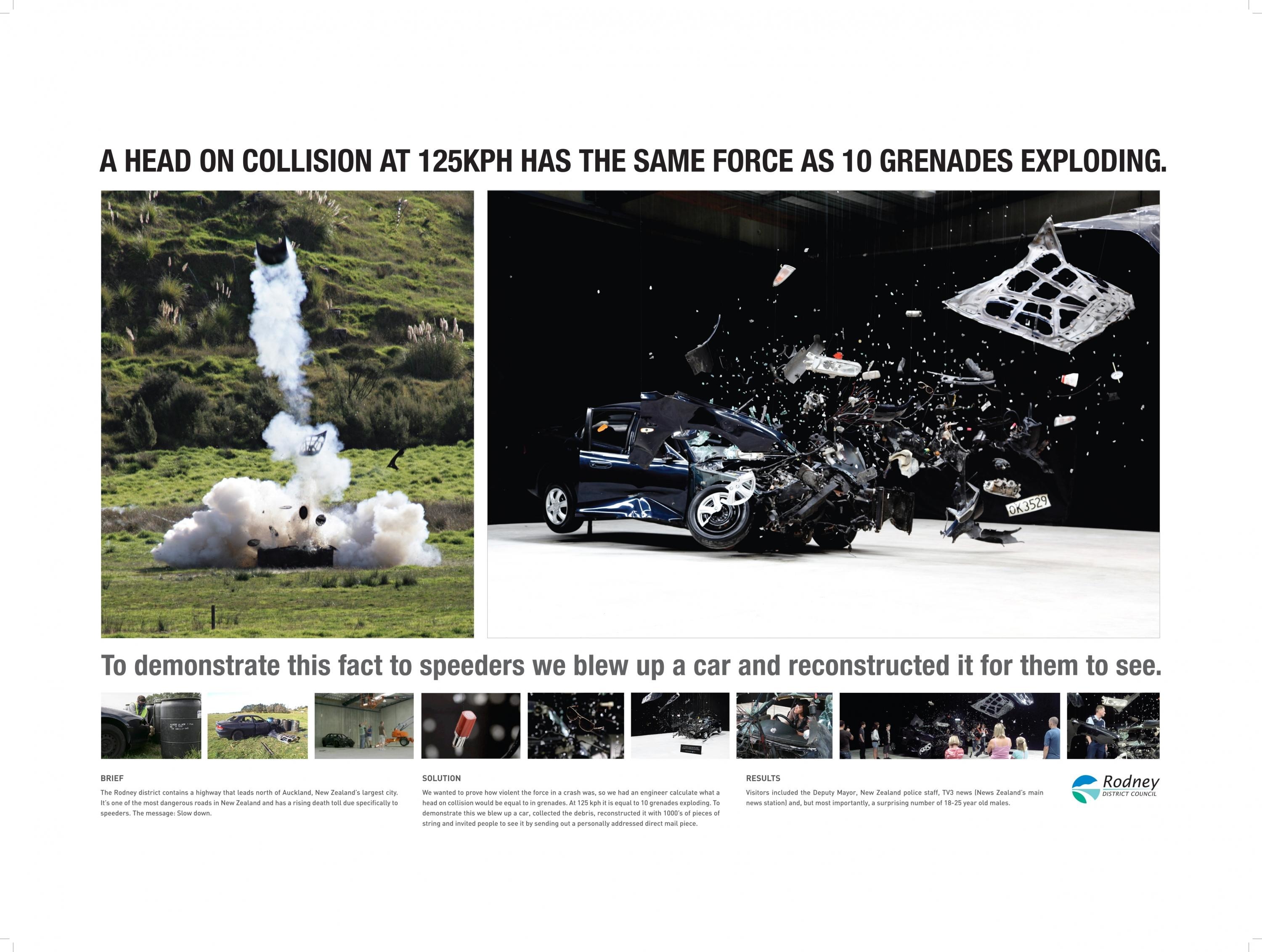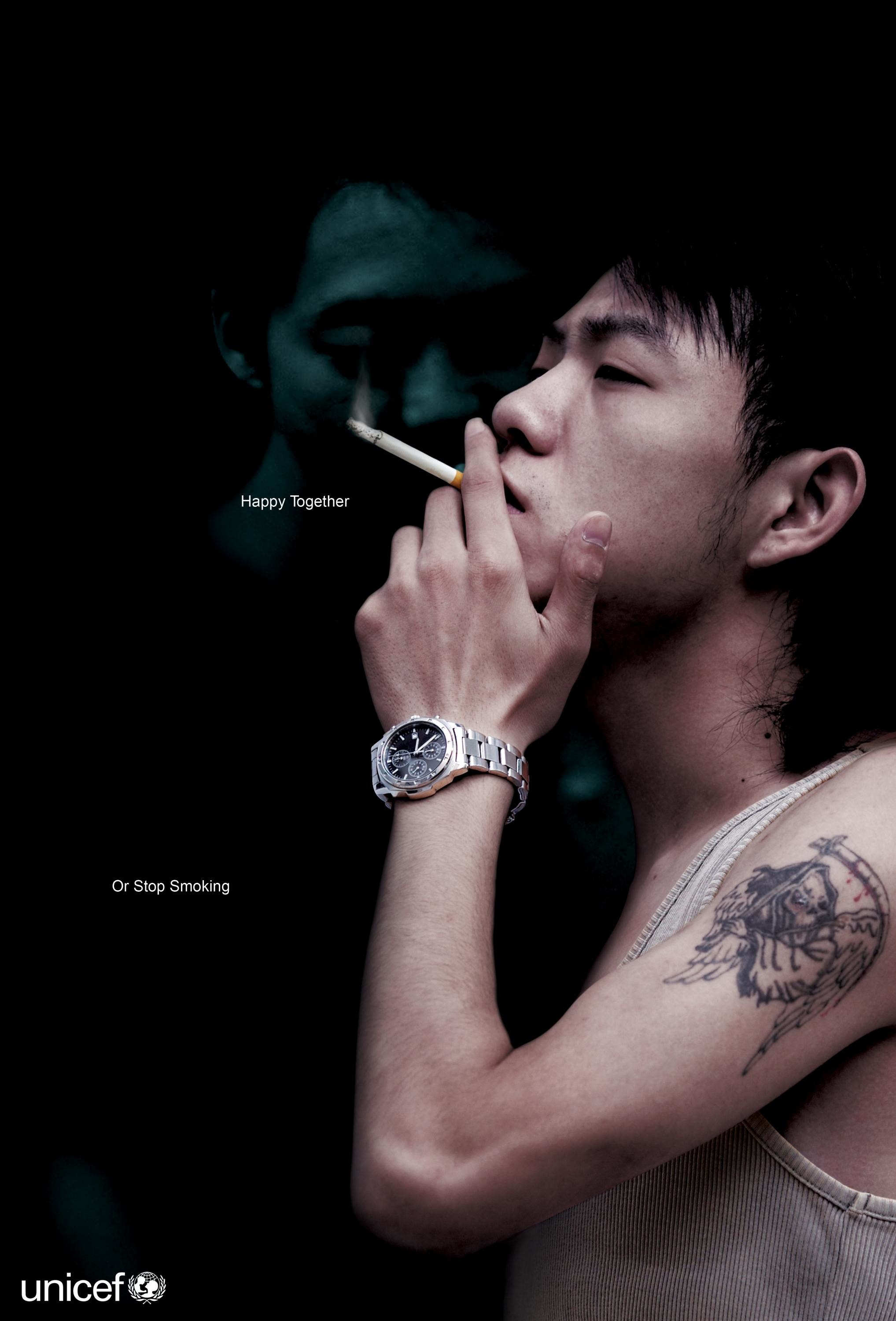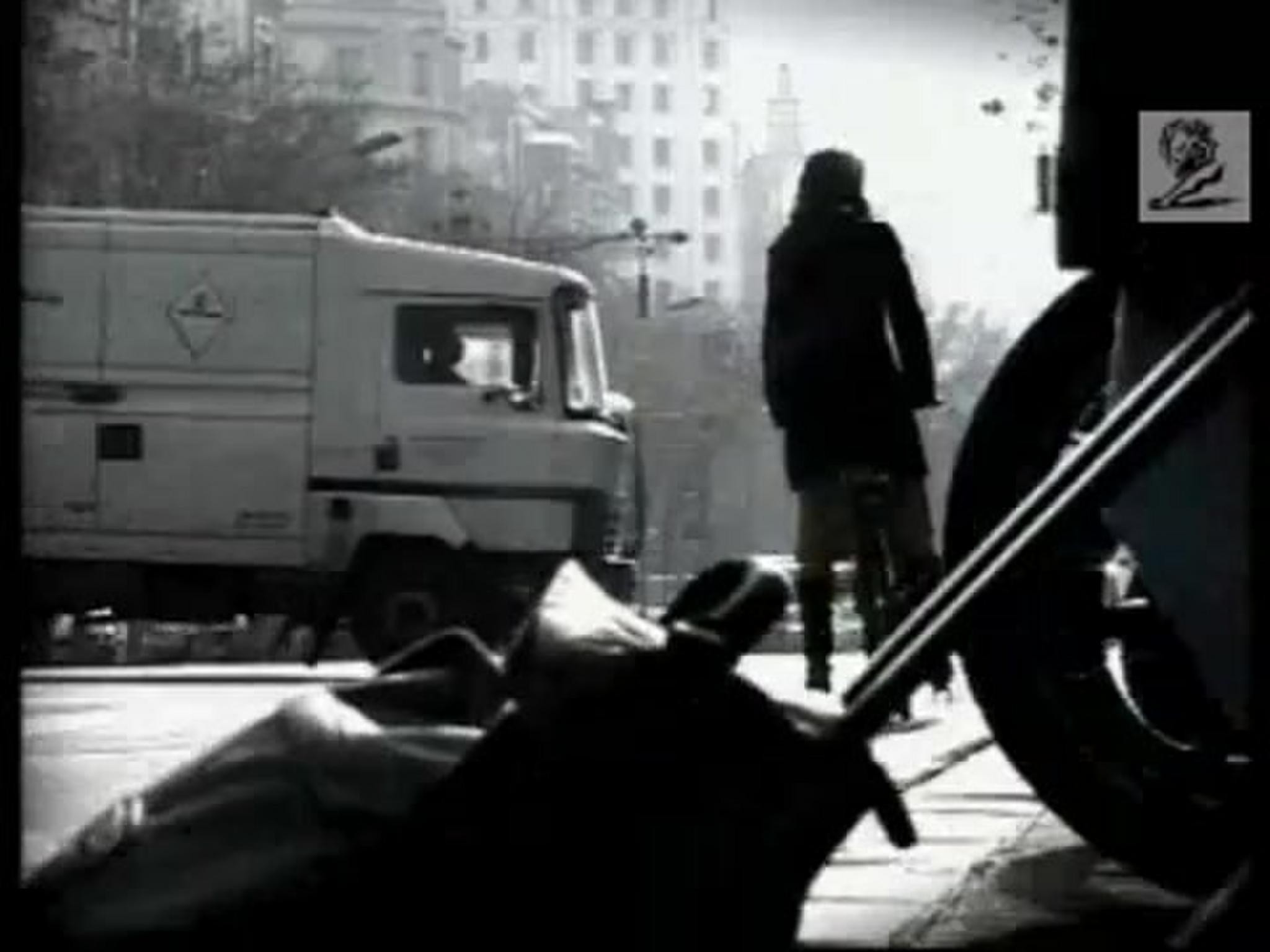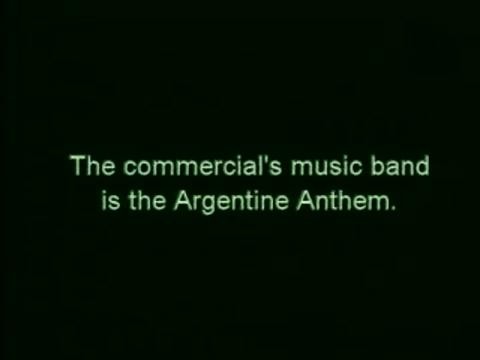Cannes Lions
The Survivor Logo
VMLY&R BRAZIL, Sao Paulo / GREENPEACE / 2019
Awards:

Overview
Entries
Credits
OVERVIEW
Background
Greenpeace works with the IDEAL model - Investigation, Documentation, Exhibition, Action, and Lobby. Therefore, the basis of the model is to investigate, document and expose, and then get a more effective action from people and politicians.
The purpose of the project is totally in line with the core of Greenpeace. It's crucial to show people the impacts nature has been suffering. The project's main goal is precisely to inform in order to provoke a reflection, consequently, a change in attitude.
Greenpeace needs to take a stand, especially now since Brazil is facing social and environmental setbacks, after the election of a right-wing government.
Idea
People know that the environment is being degraded. But they don't really know what's exactly going on. Mainly nowadays when we're bombarded by so much information but don't know what to trust. This situation is further aggravated since many environmental issues involve economic interests.
To warn people and better inform them about the impacts on the environment, Greenpeace used something proprietary: its own logo. Through what the institution is visually recognized for, Greenpeace presented real facts that affected nature.
The logo changed every time a fact impacted the environment. In this way, it presented the information both clearly and quickly. Besides providing information, the objective was to provoke a reflection and make people teach people more about it. After all, only by knowing the problem, we can change reality.
The Survivor Logo. A picture of a planet fighting to stay alive.
Strategy
Greenpeace doesn't run big advertising campaigns. The messages are spread through word-of-mouth, mainly with the help of their collaborators and followers. They’re the main target audiences, so providing them with information is essential. There are more than 8 million people. The secondary target audience was comprised of other people interested in news and the environment, so they were impacted as well.
The offline campaign was based in South America's largest city, São Paulo. The headquarters of Greenpeace Brazil is located in this 12-million-inhabitant city, which has massive reverberation power.
The logo was damaged daily based on 3 key metrics: biomes, biodiversity, and climate. Each of theses has different subcategories such as forests, global warming, energy use, deforestation, among others.
The logo was supplied with information from major news websites. According to nature`s scale impact, the graphic pattern moved, the color vibrancy changed, thus creating a new logo.
The strategy brought together an integrated campaign among online, offline and promo activation. By translating facts into information that is easily understood, Greenpeace has created a way to get closer to its audience and also to make others aware.
Execution
Greenpeace is recognized for its fight to preserve the planet and its logo is the institution’s visual representation. So, its logo also suffered impacts when the environment was affected.
The logo was damaged daily based on 3 key metrics: biomes, biodiversity, and climate. Each of these has different subcategories such as forests, global warming, energy use, among others.
The logo was supplied with information from major news websites. According to nature`s scale impact, the graphic pattern moved, the color vibrancy changed, thus creating a new logo.
The Survivor Logo’s website was the information hub. It presented the main facts on nature and also provided links to websites for readers to go deeper into the subject, such as BBC Brazil and National Geographic. Users could also access petitions online. So, the logo ranged from a quick overview of the planet’s situation to more effective action.
Greenpeace’s digital platforms combined reach 5 million people and they drive engagement by presenting information about some important event. Greenpeace's Facebook, Twitter, Instagram always had posts that invited people to learn more about what was happening to the environment.
The offline campaign was based in South America's largest city, São Paulo. Its main piece was a 360-degree digital billboard at Luz station, which impacted 125,000 people daily. The promo campaign was launched with posters, shirts, mugs and other souvenirs that also changed according to the version of the logo of that week.
Consider that Greenpeace works with the IDEAL model - Investigation, Documentation, Exhibition, Action, and Lobby. Therefore, the basis of the model is to investigate, document and expose, and then get a more effective action from people and politicians. The purpose of this project is totally in line with the core of Greenpeace. It's crucial to show people the impacts nature has been suffering.
Outcome
The Survivor Logo is an awareness campaign that has delivered some significant results.
The campaign reached 27 million people, among supporters, partners, collaborators, opinion leaders, politics and general people.
Greenpeace’s website traffic increased by 32%.
The number of donors went up by 15%.
Some congressmen were touched, among them, the president of the Chamber of Deputies, Mr. Rodrigo Maia, who signed a commitment with the native communities to revert important issues of the MP-870 act, signed by President Jair Bolsonaro. One of the main issues of this MP-870 is the demarcation of the Brazilian natives' lands that will be the responsibility of the Ministry of Agriculture. In order to understand what it means, it's important to know that agriculture and cattle farming are the greatest enemies of the wildwood areas in Brazil, including the Amazon.
Similar Campaigns
12 items




